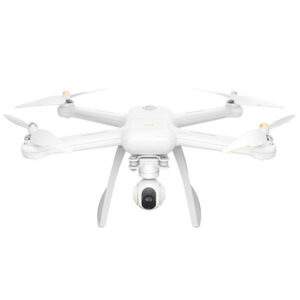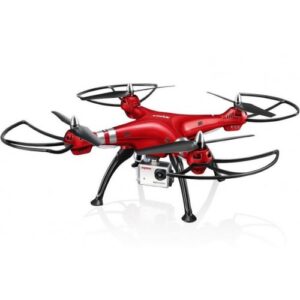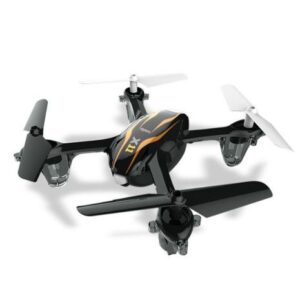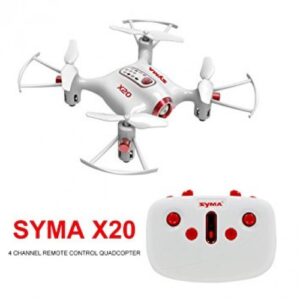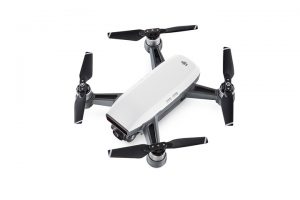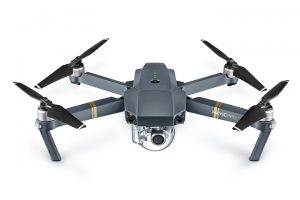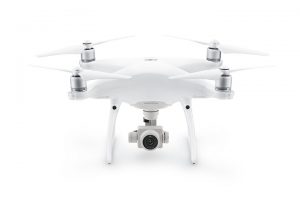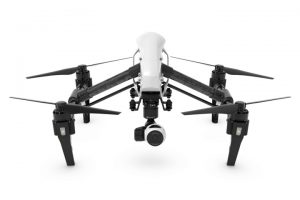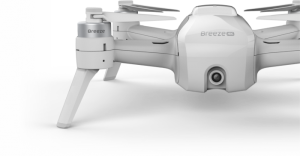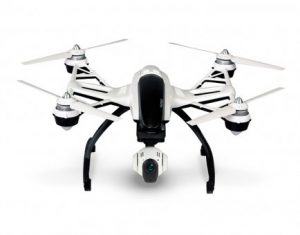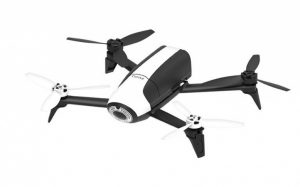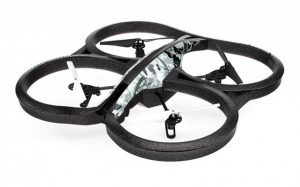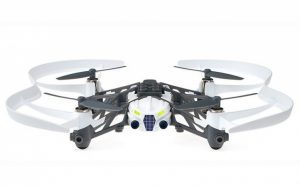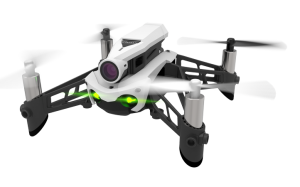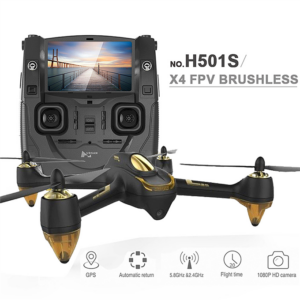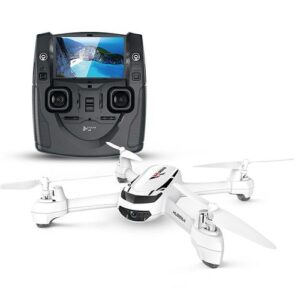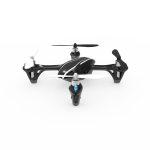- Hazards / Site Selection
- Check for wires / cables
- Animals
- People / bystanders
- Property in the vicinity
- Site is away from nonessential participants
- Ability to maintain adequate buffer zones between aircraft and personnel;
- Minimize departures and landings over populated areas
- Take into account local topography, ensuring a visible line of sight towards the UAV at all times. Ensure the telemetry connection is not obstructed.
- Investigate potential alternative landing sites in case take-off site is obstructed.
- Psychological consideration (are you well rested, rushed, “get there-itis”, are you being pressured by client)
- Weather considerations
- Temperature
- Visibility
- Precipitation
- Wind Speed
- Upper winds / at altitude
- Rotor (lee side of large objects)
- Notify any bystanders or nearby property owners of your intentions (permission)
- Discuss flight plan with your co-pilot or spotter
- If flying in controlled airspace, have you notified airspace authority
- NOTAMs
- Can you reach authorities
- Do you need to maintain communication?
- First Aid Kit stocked, readily accessible and visible to anyone in the area.


